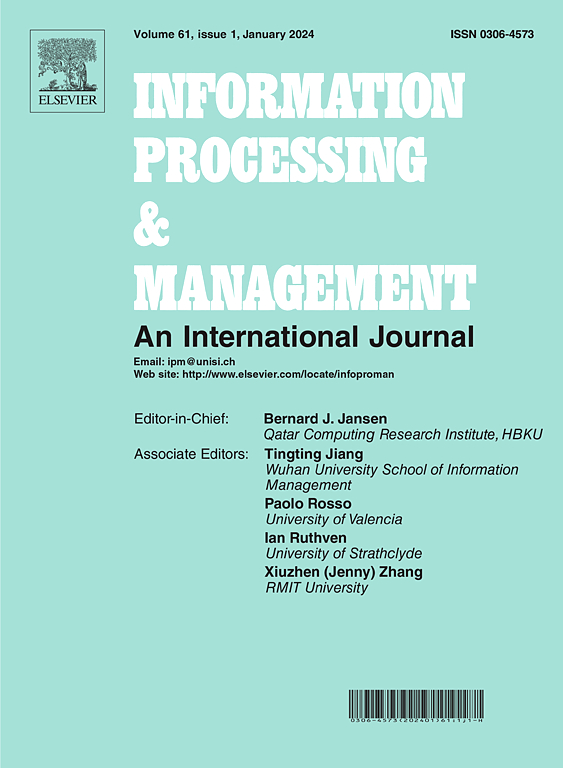NiNet: A new invertible neural network architecture more suitable for deep image hiding
IF 6.9
1区 管理学
Q1 COMPUTER SCIENCE, INFORMATION SYSTEMS
引用次数: 0
Abstract
Image hiding through the application of invertible neural network (INN) represents a significant branch within the realm of deep image hiding methodologies, characterized by a compact network architecture and a streamlined parameter count. Nonetheless, when juxtaposed with autoencoder-based approaches, existing INN methods often result in inferior image quality. To surmount this challenge, this paper introduces a novel masking-based image hiding paradigm, establishes a new spatial domain transformation for images, and refines the Swin-transformer block. By integrating these innovations, an INN architecture is crafted that is particularly adept for deep image hiding, termed NiNet. The experimental results demonstrate that NiNet can remarkably address the problem of image hiding. In terms of steganographic image quality, NiNet outperforms the current state-of-the-art (SOTA) algorithms by 0.26 dB on the DIV2K dataset, 1.49 dB on the COCO dataset, and 0.39 dB on the ImageNet dataset. Regarding the quality of secret image recovery, NiNet surpasses the SOTA algorithms by 2.06 dB on DIV2K, 1.98 dB on COCO, and 0.50 dB on ImageNet.
NiNet:一种更适合深度图像隐藏的新型可逆神经网络架构
利用可逆神经网络(INN)进行图像隐藏是深度图像隐藏方法领域的一个重要分支,其特点是网络结构紧凑,参数数量精简。然而,当与基于自编码器的方法并置时,现有的INN方法通常会导致较差的图像质量。为了克服这一挑战,本文引入了一种新的基于掩模的图像隐藏范式,建立了一种新的图像空间域变换,并对swan -transformer块进行了改进。通过集成这些创新,一个特别擅长深度图像隐藏的INN架构被精心设计,称为NiNet。实验结果表明,该算法能很好地解决图像隐藏问题。在隐写图像质量方面,NiNet在DIV2K数据集上优于当前最先进的(SOTA)算法0.26 dB,在COCO数据集上优于1.49 dB,在ImageNet数据集上优于0.39 dB。在秘密图像恢复质量方面,NiNet在DIV2K上比SOTA算法高出2.06 dB,在COCO上高出1.98 dB,在ImageNet上高出0.50 dB。
本文章由计算机程序翻译,如有差异,请以英文原文为准。
求助全文
约1分钟内获得全文
求助全文
来源期刊

Information Processing & Management
工程技术-计算机:信息系统
CiteScore
17.00
自引率
11.60%
发文量
276
审稿时长
39 days
期刊介绍:
Information Processing and Management is dedicated to publishing cutting-edge original research at the convergence of computing and information science. Our scope encompasses theory, methods, and applications across various domains, including advertising, business, health, information science, information technology marketing, and social computing.
We aim to cater to the interests of both primary researchers and practitioners by offering an effective platform for the timely dissemination of advanced and topical issues in this interdisciplinary field. The journal places particular emphasis on original research articles, research survey articles, research method articles, and articles addressing critical applications of research. Join us in advancing knowledge and innovation at the intersection of computing and information science.
 求助内容:
求助内容: 应助结果提醒方式:
应助结果提醒方式:


